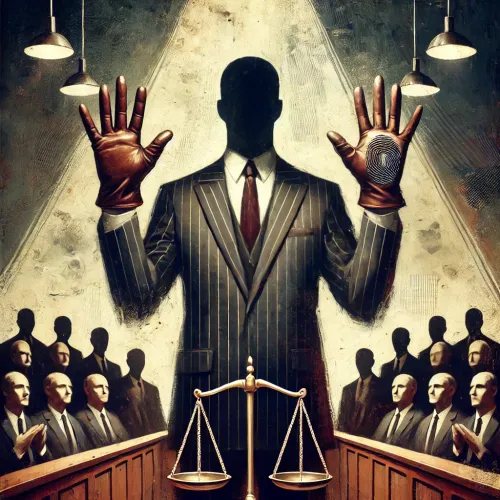Sparf & Hansen v. United States (1895)
In Sparf & Hansen v. United States (1895), the U.S. Supreme Court addressed the role of juries in determining legal questions. The Court held that federal judges are not obligated to inform juries of their inherent ability to judge both the law and the facts in a case, effectively limiting the practice of jury nullification. This 5-4 decision emphasized that while juries have the power to deliver general verdicts, they should receive the law from the court and apply it as instructed, thereby delineating the boundaries between judicial authority and jury discretion.



